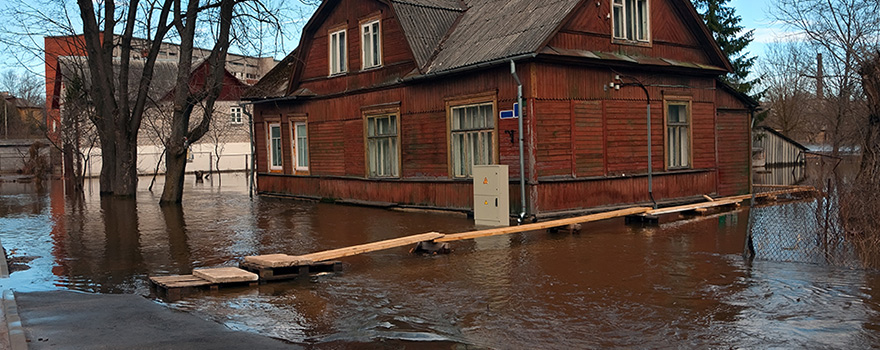Flood Restoration in Morton Grove, Chicago, Arlington Heights, Northfield, and Surrounding Areas
 Flood restoration companies use a combination of advanced water extraction and drying techniques to mitigate damage and restore properties efficiently. The process begins with water extraction, the critical first step to remove standing water quickly and prevent further structural damage or mold growth. A Emergency Services & Restoration provides flood restoration in Morton Grove, Chicago, Arlington Heights, Northfield, Skokie, Mt. Prospect and surrounding areas.
Flood restoration companies use a combination of advanced water extraction and drying techniques to mitigate damage and restore properties efficiently. The process begins with water extraction, the critical first step to remove standing water quickly and prevent further structural damage or mold growth. A Emergency Services & Restoration provides flood restoration in Morton Grove, Chicago, Arlington Heights, Northfield, Skokie, Mt. Prospect and surrounding areas.
- Water extraction typically involves high-powered submersible pumps and truck-mounted vacuum units that can remove thousands of gallons of water in a short time. For smaller or hard-to-reach areas, portable wet vacuums may be used. Once standing water is removed, moisture detection tools such as infrared cameras, moisture meters, and hygrometers help technicians assess hidden moisture in walls, floors, and ceilings.
- After extraction, the drying phase begins. Industrial-grade air movers are deployed to circulate air and accelerate the evaporation of moisture. These are strategically placed to ensure maximum airflow across wet surfaces. In tandem, dehumidifiers—either refrigerant-based or desiccant types—are used to remove moisture from the air. Desiccant dehumidifiers are particularly effective in large-scale or cold environments.
- Drying chambers or containment areas may be created using plastic sheeting to isolate damp sections and speed up the drying process. In some cases, injectidry systems are used to push dry air into wall cavities or under flooring where moisture is trapped.
- Flood restoration companies monitor the drying process regularly, adjusting equipment as needed and conducting moisture readings to ensure all affected areas are properly dried. This thorough and systematic approach not only restores structural integrity but also prevents secondary issues like mold infestation or wood rot.
In summary, professional flood restoration services rely on a combination of extraction tools, moisture detection technologies, and industrial drying equipment to restore properties safely and efficiently after water damage. Should you have any questions, feel free to give us a call.



